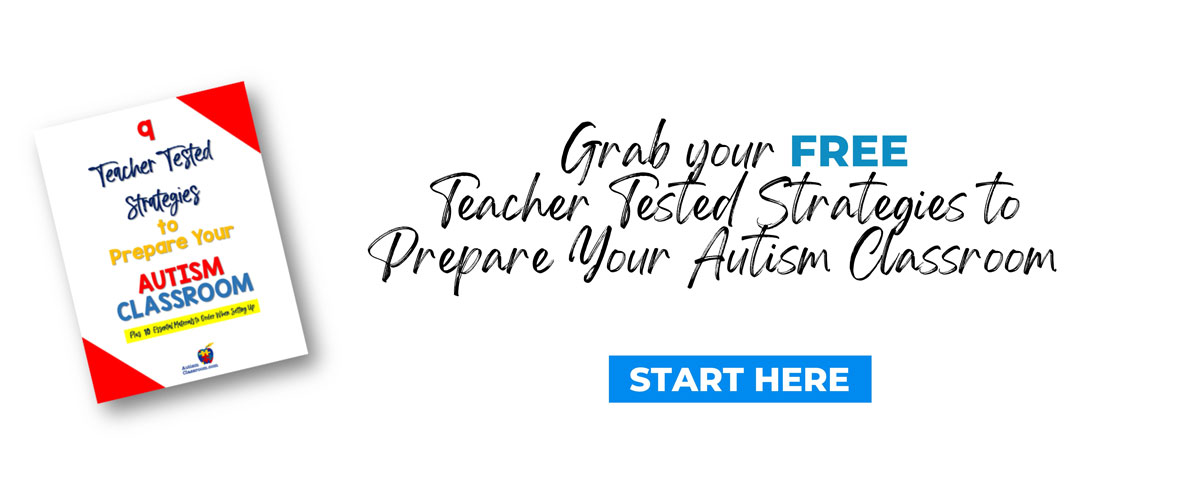An Educator's Overview to Setting Up an Autism Classroom
Inside: Ideas for Setting Up an Autism Classroom & Ways to Support Students with Autism In Classrooms
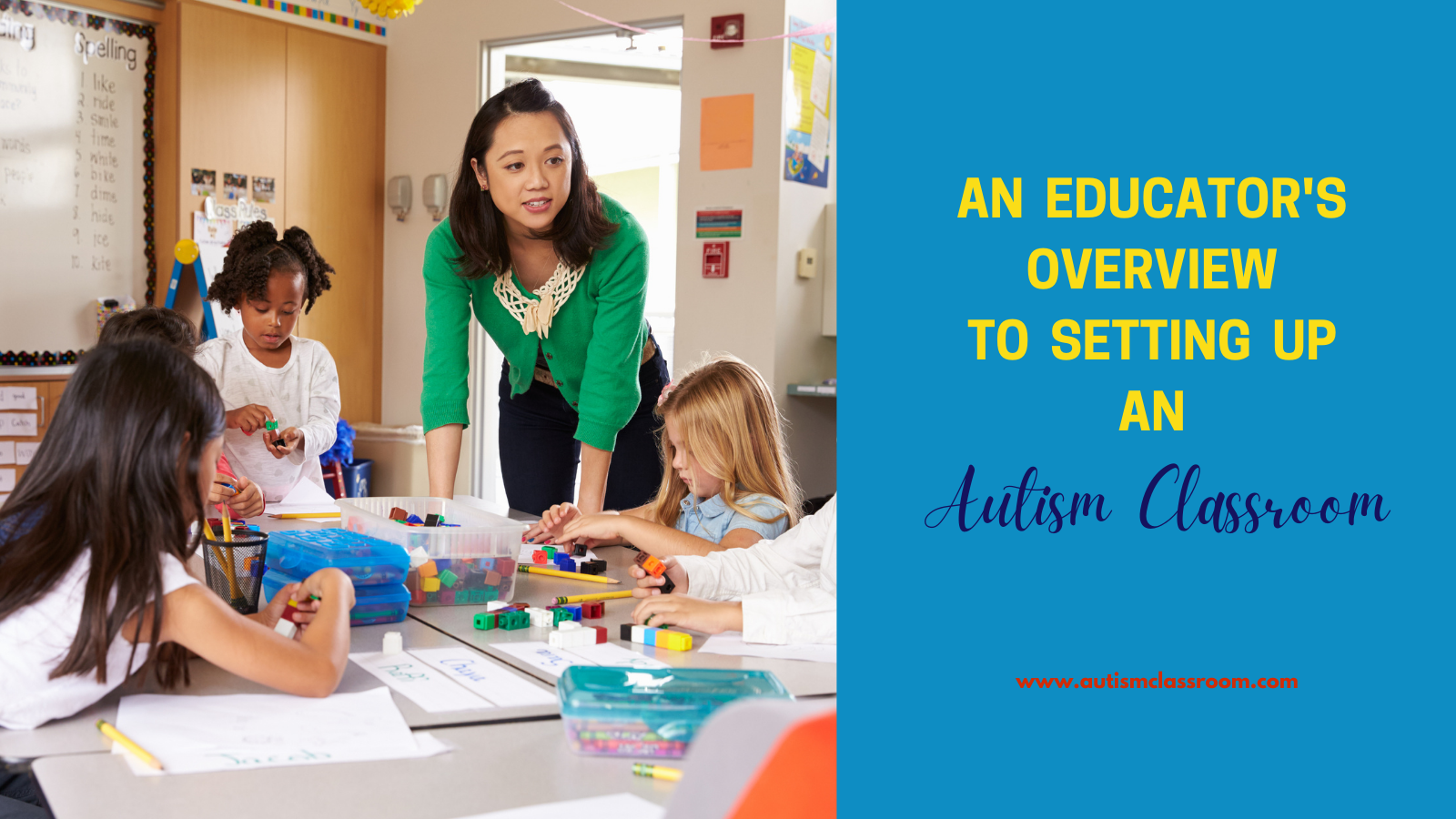
Although it might seem daunting, setting up an autism classroom doesn’t have to be complicated! Here are the best methods from the strategies for teachers page that educators can employ to perfect their autism classroom setup while teaching students with autism in classrooms.
1. Figure Out Your Starting Point
To properly set up your classroom, you need to find out how your students are functioning and what are their areas of strength and areas of needs. Figuring out their starting point is vital to developing plans, spaces and lessons that cater specifically to their needs. Use checklists, assessments and progress notes on the I.E.P. to gauge where each student is starting. For your own starting point, try our free Classroom Ideas Starter Guide below.
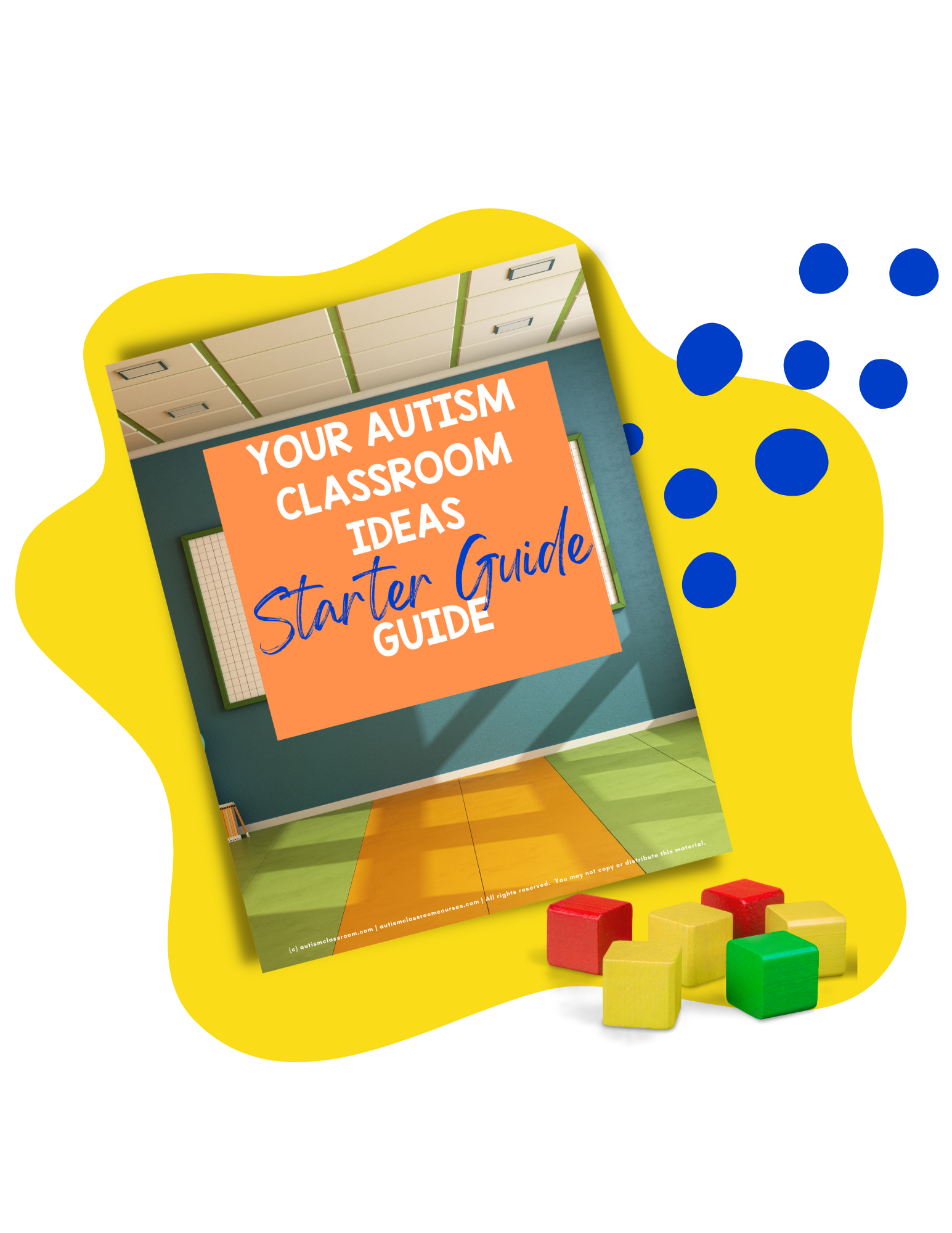

2. Use Schedules
Students with autism in classrooms really need structure and routine to learn new material better and focus on their tasks. Not only will scheduling help you organize and manage your classroom correctly, but it will also help you be a boss-teacher who guides students to become more independent learners. When you have consistent, visual schedules, students are more likely to get up and transition to the reading table when it is time, without you constantly guiding them.
3. Decorate and Organize the Classroom
Of course you do your best to make your classroom feel like a supportive and welcoming environment for your students with autism. That is why you are moving those tables, chairs and desks to create separate areas to allow for various types of work, such as small groups, individual, and one-on-one time. You also are focused on labels, storage, and deliberate placement of furniture, to make the space inviting yet functional. And...you are on the right track. Here is a free download to help you pre-plan your teaching space. Now this is something new I am trying so let me know how it works for you or if it needs some changes.
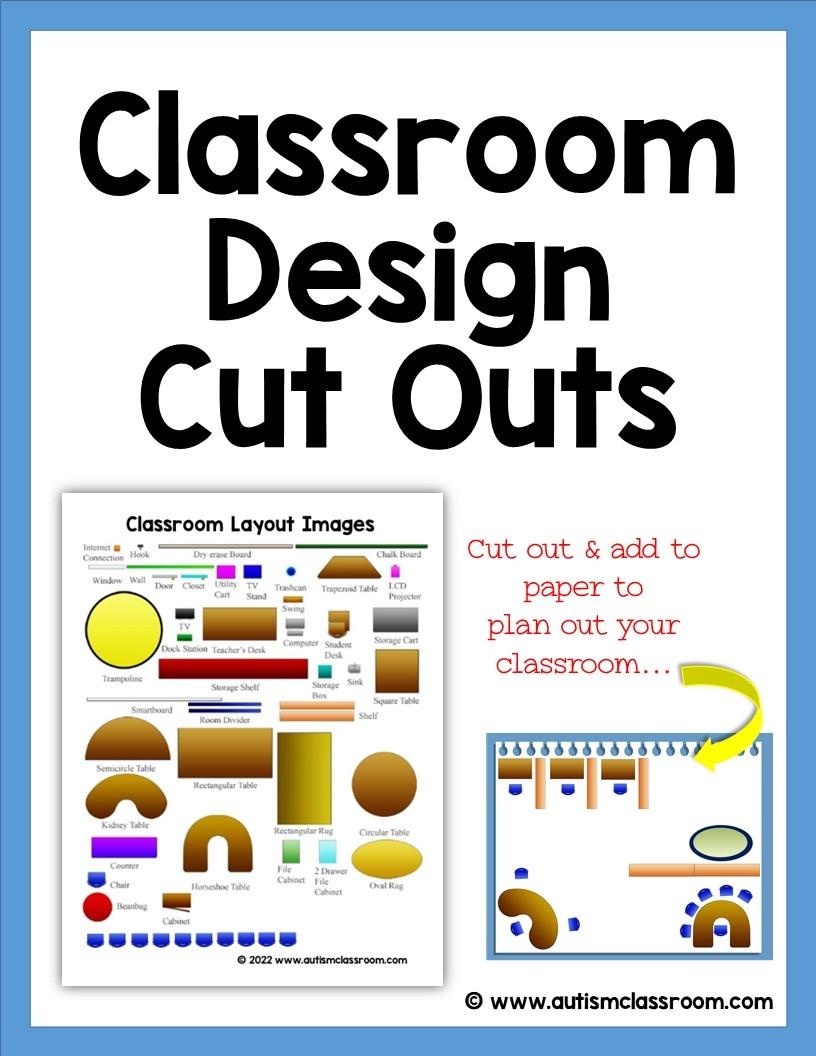

4. Monitor Progress
Yes. This. Also known as paperwork. But let's flip this thinking on it's head. Maintaining progress monitoring and data sheets will help you understand which practices are successful and which need to be altered. You can use assessments and check-ins to try out different approaches and teaching methods if you see the current ones are not working. You can also see how many skills a student has gained as you look at the progress from the start of the year to the end.
5. Remember the Team Effort
It takes a lot of teamwork to succeed in special education classroom management, so remember to meet with your co-teachers and aides to determine how best to tackle the various duties. You can assign designated roles and locations, use shorthand or jargon to talk to each other during class, and hold regular meetings to discuss any issues.
6. Use Evidence-Based Practices
There are research-backed instructional procedures for working with students with autism. Even if it seems like no one in your school or district is able to provide guidance, you can search some of the evidence based practices (EBP) for autism on your own and have access to your own top level information. There is a reason why they are recommended. Focus on only one or two at a time so that you get a good understanding of how to implement it. If you need some help with this, send an email to This email address is being protected from spambots. You need JavaScript enabled to view it. and describe what EBP you’re looking for or what situation you are trying to solve (no student names please.) Then, I will send you a list of links and resources that could be helpful.
7. Focus on Communication
Not every student can communicate with speech, but they still have so much they want to say to you, regardless of whether they are limited in speech or entirely nonverbal. Figure out which methods work best in your classroom to enable your students to get their point across. Some popular autism teacher strategies are picture cards, voice apps or devices, choice boards, sign language and word approximations.
8. Utilize Antecedent-Based Interventions
Set up your autism classroom to stop behaviors before they begin. A lot of times, young and older children with autism in classrooms show behavioral challenges. Create routines, expectations, structure, and materials to support positive behaviors. Be clear about what this looks like and write it down for your team to see. For example, organized plans, visual schedules, verbal/visual warnings, and dedicated staff positions during activities could all curb some unwanted behaviors. Whenever you need more than these methods, take a close look at the behaviors in detail as indicated on the Autism Classroom page for behavior support here.
9. Respect Sensory Differences
Not every student will have the same preferences when it comes to sensations. One student might dislike a particular texture or need to have something in their hands at all times---but always remember to respect these differences! Fidget toys are a great option in any autism support class for students to keep their hands busy and help them focus their attention more on your lesson.
10. Keep Hands and Brains Active
You already know, you should never set up your classroom like a typical lecture, where the students are forced to sit still and listen to you talk all day. For sure, add movement, visual supports and other interactive elements. Carefully plan out your schedule and activities so that students consistently think, respond, and react to the material. Students with autism in classrooms that do this may even notice less behavior challenges. Think about using visual response boards for the students to point out their answers and become active participants.
Try any of these ten strategies if you are trying to figure out how to support a child with autism in the classroom. Addressing these strategies are an essential part of the resources on this site which include the setup a classroom book for autism support teachers and the Step by Step Autism Classroom Design Course.
Want some tips to get & keep your classroom up & running?
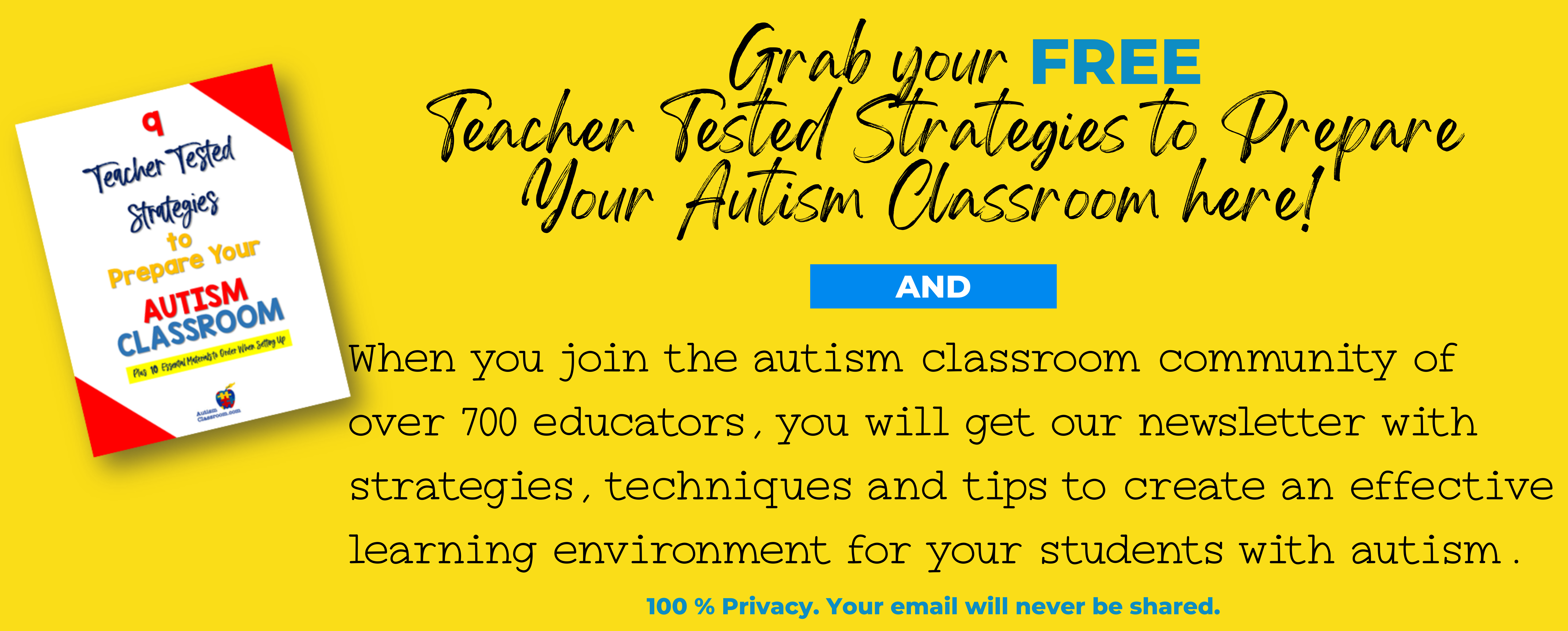
Want some tips to get & keep your classroom up & running?
Click the yellow box below for tips.


